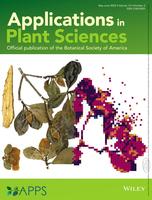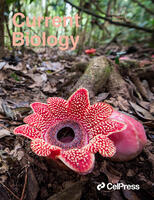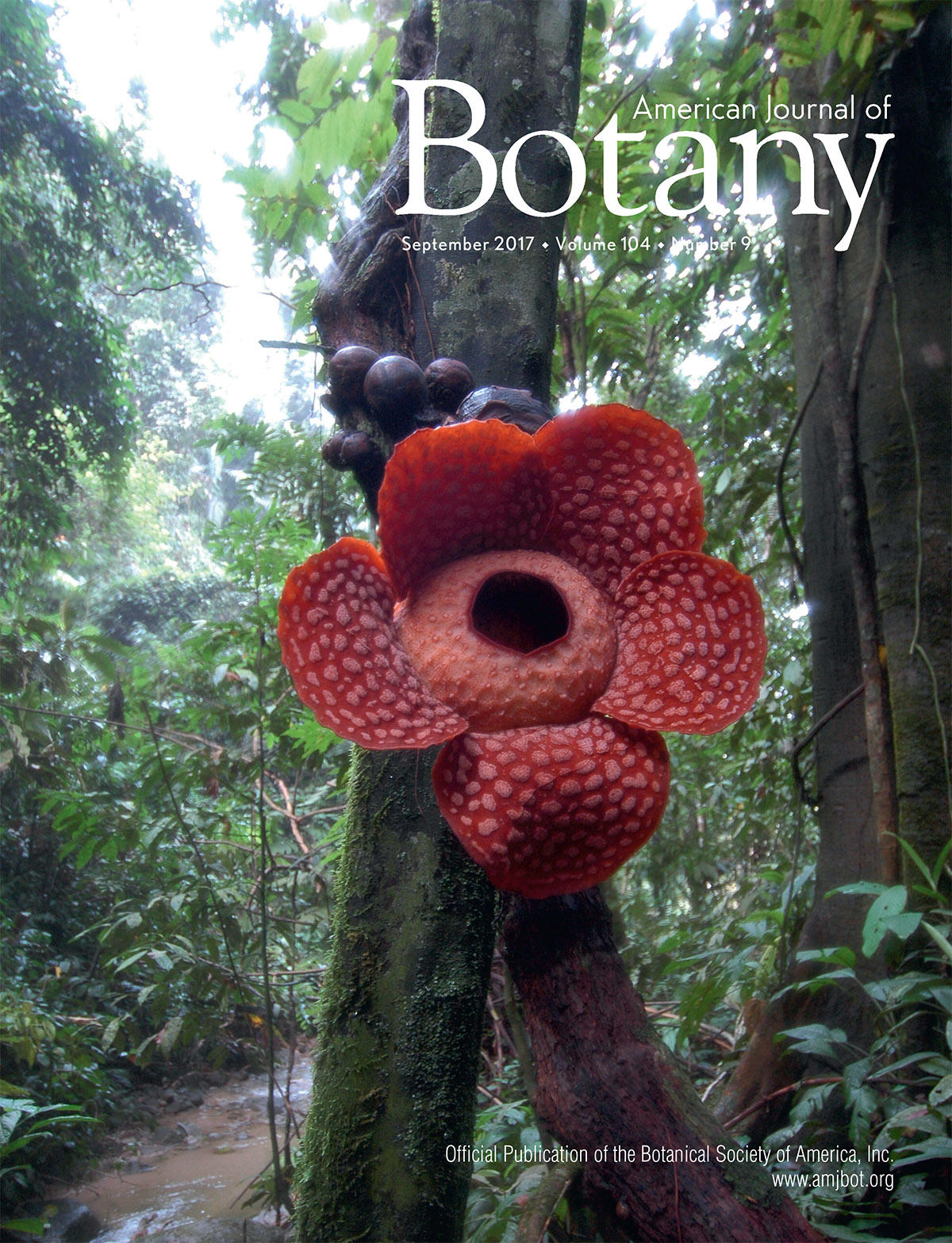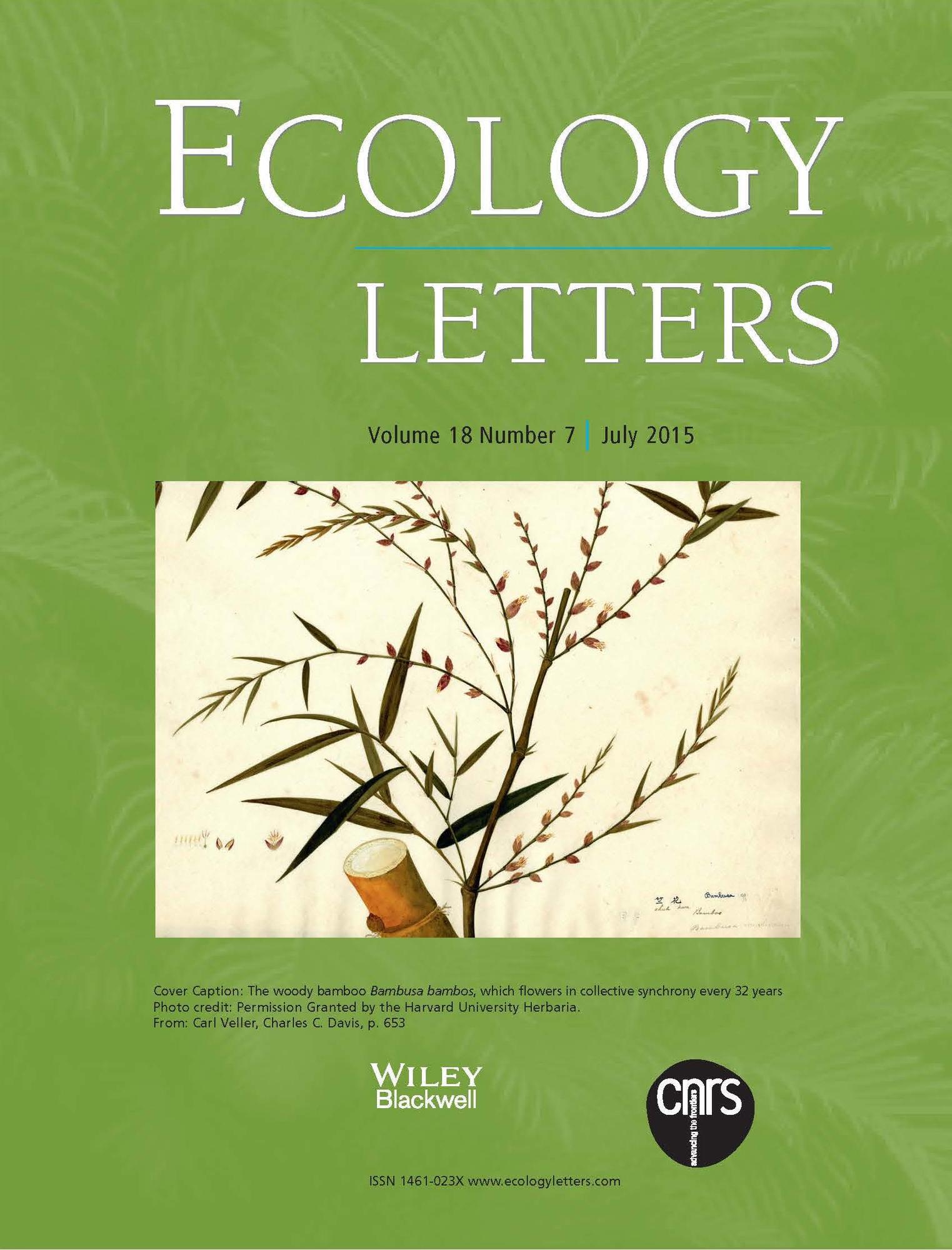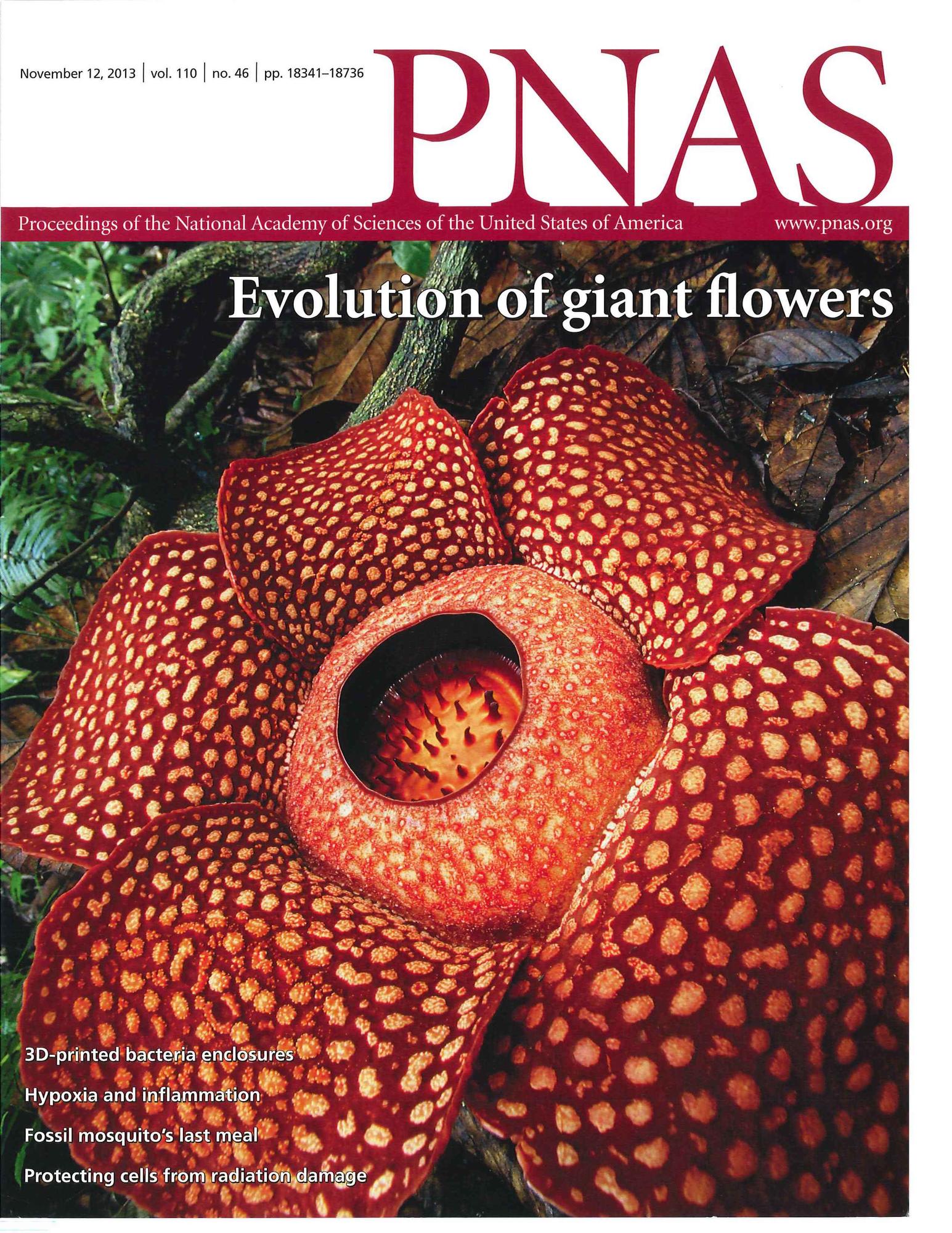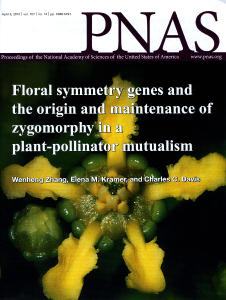Citation:
Katelin D Pearson, Gil Nelson, Myla FJ Aronson, Pierre Bonnet, Laura Brenskelle, Charles C Davis, Ellen G Denny, Elizabeth R Ellwood, Hervé Goëau, Mason J Herberling, Alexis Joly, Titouan Lorieul, Susan J Mazer, Emily K Meineke, Brian J Stucky, Patrick Sweeney, Alexander E White, and Pamela S Soltis. 5/13/2020. “Machine Learning Using Digitized Herbarium Specimens to Advance Phenological Research.” BioScience.
| 1.78 MB |
Abstract:
Machine learning (ML) has great potential to drive scientific discovery by harvesting data from images of herbarium specimens—preserved plant material curated in natural history collections—but ML techniques have only recently been applied to this rich resource. ML has particularly strong prospects for the study of plant phenological events such as growth and reproduction. As a major indicator of climate change, driver of ecological processes, and critical determinant of plant fitness, plant phenology is an important frontier for the application of ML techniques for science and society. In the present article, we describe a generalized, modular ML workflow for extracting phenological data from images of herbarium specimens, and we discuss the advantages, limitations, and potential future improvements of this workflow. Strategic research and investment in specimen-based ML methods, along with the aggregation of herbarium specimen data, may give rise to a better understanding of life on Earth.See also: 2016-2020

